Don’t Fear the Reaper: How Horror Games Can Get Smarter About Player Death

Bone-chilling screams, severed limbs, buckets of the red stuff painting the walls; death sure is a messy business, especially in horror games. But go beyond the guts and gore, and death also presents interesting challenges from a design standpoint. Here, we’ll be looking at how horror games can get smarter about exploring the player character’s death both mechanically and narratively.
Coroner’s Report
For most of gaming history, a player dying in a game has been treated the same way; the screen fades to black, and progress is reset to the last save or checkpoint. Sure, it’s not overly realistic, but like magic pockets that can hold 12 weapons or regenerating health, players and designers have long since reached a sort of unspoken gentleman’s agreement to overlook this discrepancy in the name of fun. This approach is fine for the most part, and for certain games may be the only way to integrate a fail state into play. But it’s easy to see the system’s limitations. Most importantly is the question of stakes, or rather, the lack of them.
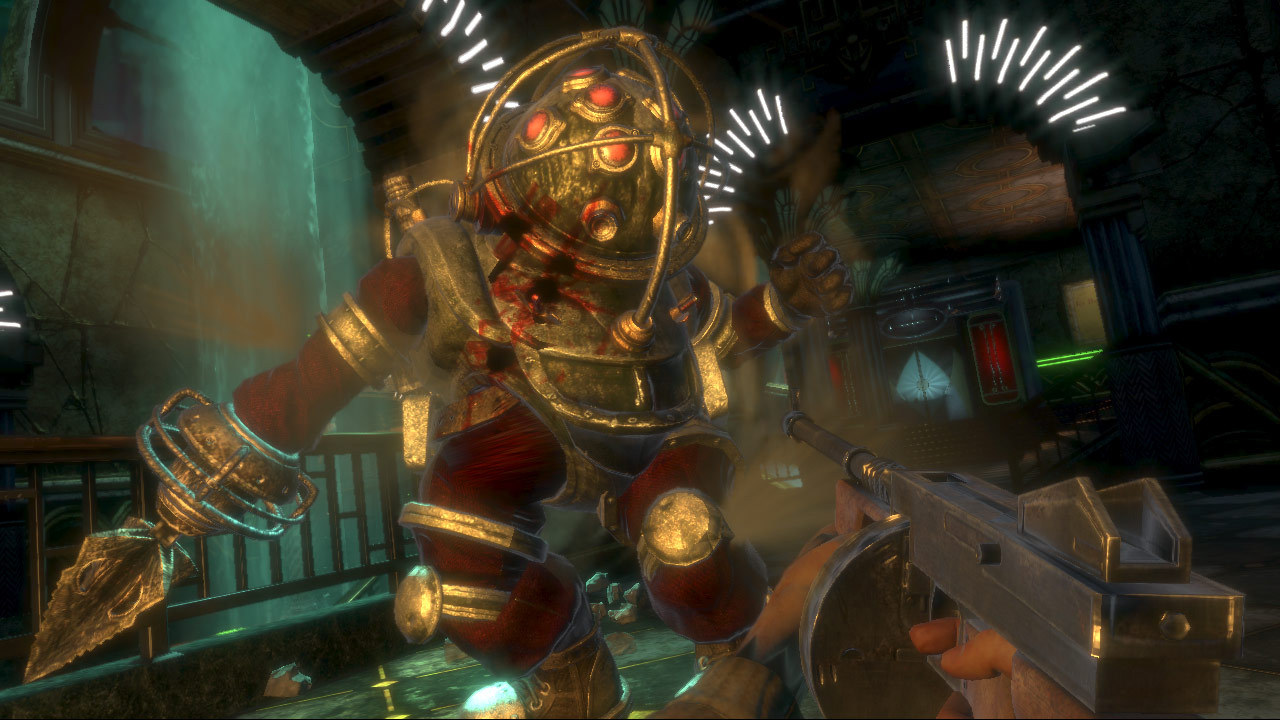
Start with the narrative side of things. Any game that consciously acknowledges this system risks undermining all sense of tension and threat. This might not kill the experience, but for a horror game, it definitely doesn’t help. The original Bioshock is an example of how not to do this. Here, players encounter Vita Chambers; pseudoscience magic McGuffins that can resurrect the fatally injured for a small fee. Bioshock is a great game, and few things are as immersive as creeping through the once-grand city of Rapture as you loot supplies and avoid danger. But it’s hard to maintain the same sense of suspense when, after taking a deranged Splicer’s hook to the mush for the first time, you wake up a scant few rooms back none the worse for wear. The game has just confirmed in-universe that the player character is effectively immortal. Even though you’re supposed to be playing an out-of-his-depth plane crash survivor, you’re automatically at the top of the food chain, so that even the mighty Big Daddies don’t seem particularly menacing after a while.

Of course, one way to sidestep this is to have the threat be less than lethal. But this is pretty unsatisfying, not least because it means players don’t have that ‘wince’ moment when they have to endure watching their stalwart protagonist meet their grisly end. Part of what made Resident Evil 4’s Dr. Salvador such a panic-inducing opponent, for example, lay in his head-lopping, insta-killing chainsaw attack. But even if you’re not a gorehound, an enemy needs to be able to deliver on the sense of danger it conveys to be effective. Amnesia: The Machine for Pigs, despite a superlative story, was let down somewhat by failing to heed this. Whilst its twisted porcine monsters are all suitably grotesque, it’s a definite anticlimax when you realize that all they want to do is temporarily knock you out and put you in a cage – an unlocked one at that.

A Game of Life and Death
The traditional approach to death also has limitations in terms of moment-to-moment gameplay. Sending a player back a certain distance to repeat a section isn’t necessarily a bad thing, but how well it works as a mechanic depends on the type of game in which it’s used. It’s often best in skill-based games, where the primary gameplay loop revolves around perfecting the game’s mechanics, learning the map layout, and adapting to each enemy placement. It works far less well in traditional survival horror games, which tend to be linear, narrative-driven experiences built around a strong sense of pacing, story and atmosphere. Here, resetting time to the last checkpoint feels more like a tedious punishment than an opportunity to hone one’s skill or discover a new strategy.
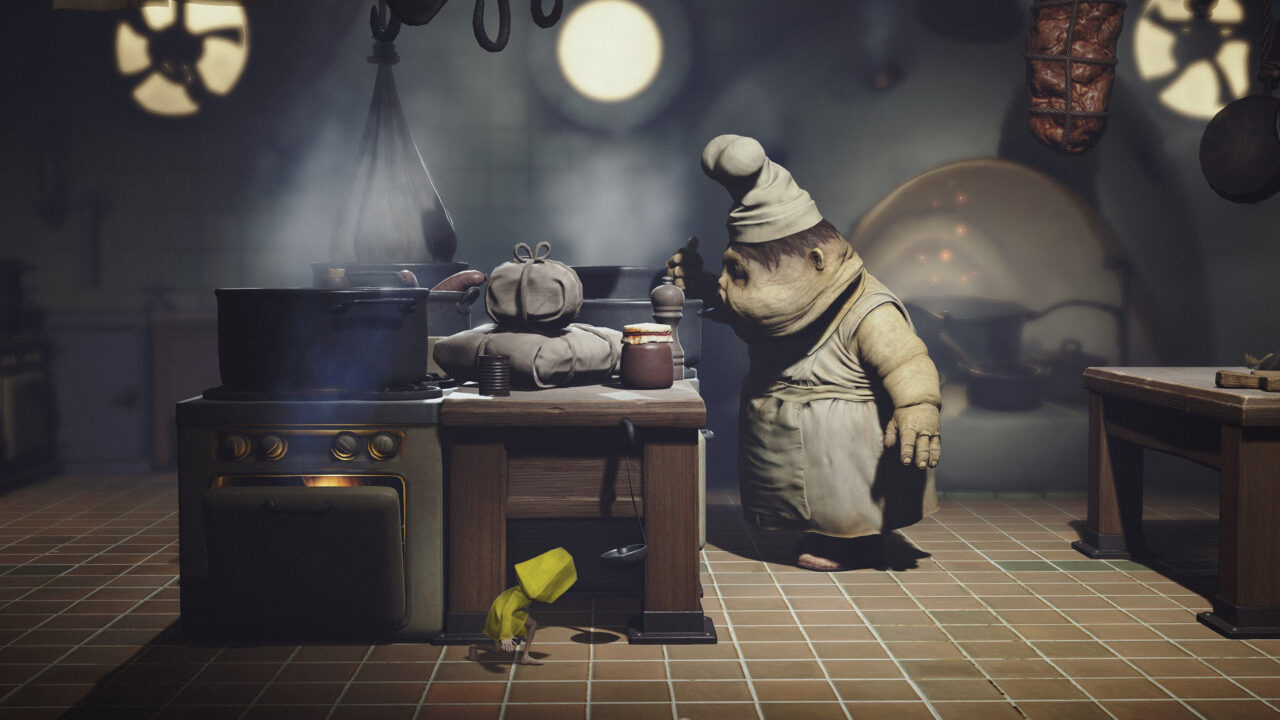
Perhaps more seriously, scaring a player is all about creating a sense of the unknown. When repeated failure results in the danger becoming predictable, the outcome is more likely to be frustration than terror. Heavily scripted games like the Little Nightmares series show how difficult balancing the right sense of threat against the penalty of repetition can be. These games are at their scariest when the player is being stalked by some malformed horror, with death only a single misstep away. But by the same token, making those missteps too many times results in being stuck in an annoying loop of trial-and-error that sucks all tension out of the experience. Anyone who’s tried to play the PC version of Little Nightmares 2 on a mouse and keyboard will likely have experienced several such immersion-breaking moments.
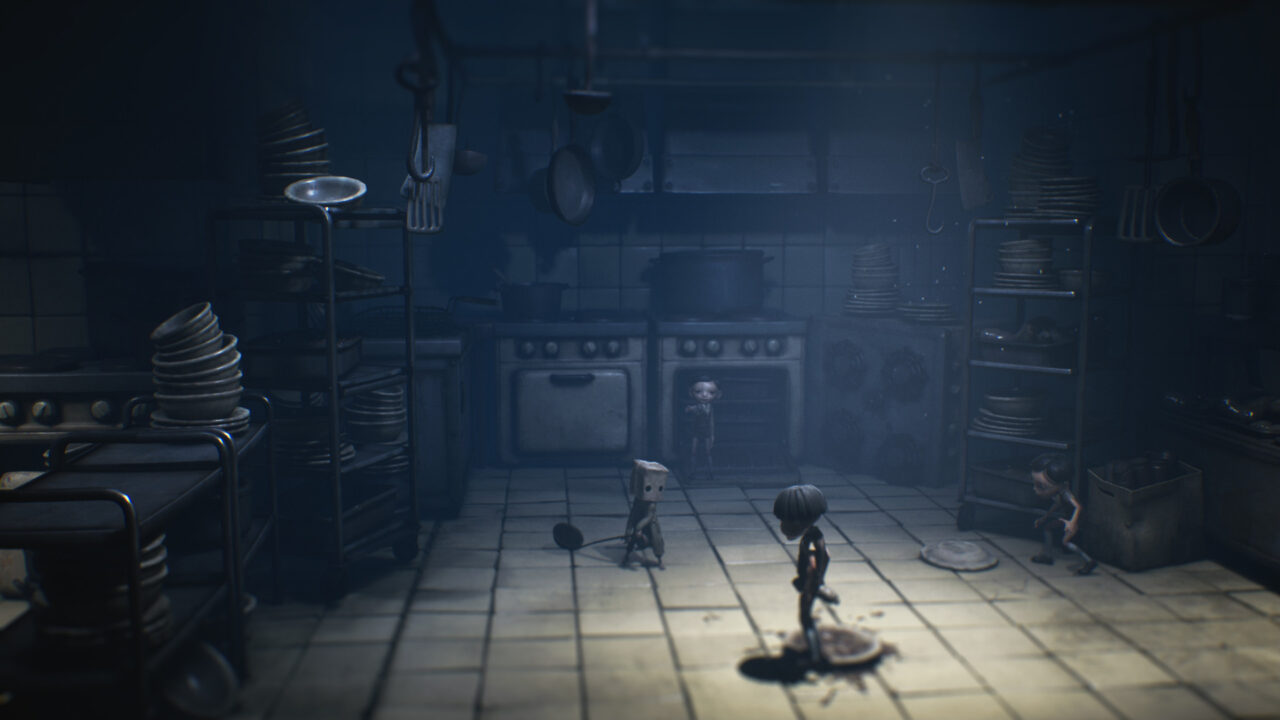
Staked Through the Heart
As I mentioned at the beginning of this article, one of the key elements of how you approach player death is getting the stakes right. A smart implementation of player death is one where it has some sort of wider effect on the game, either mechanically, narratively, or – preferably – both.
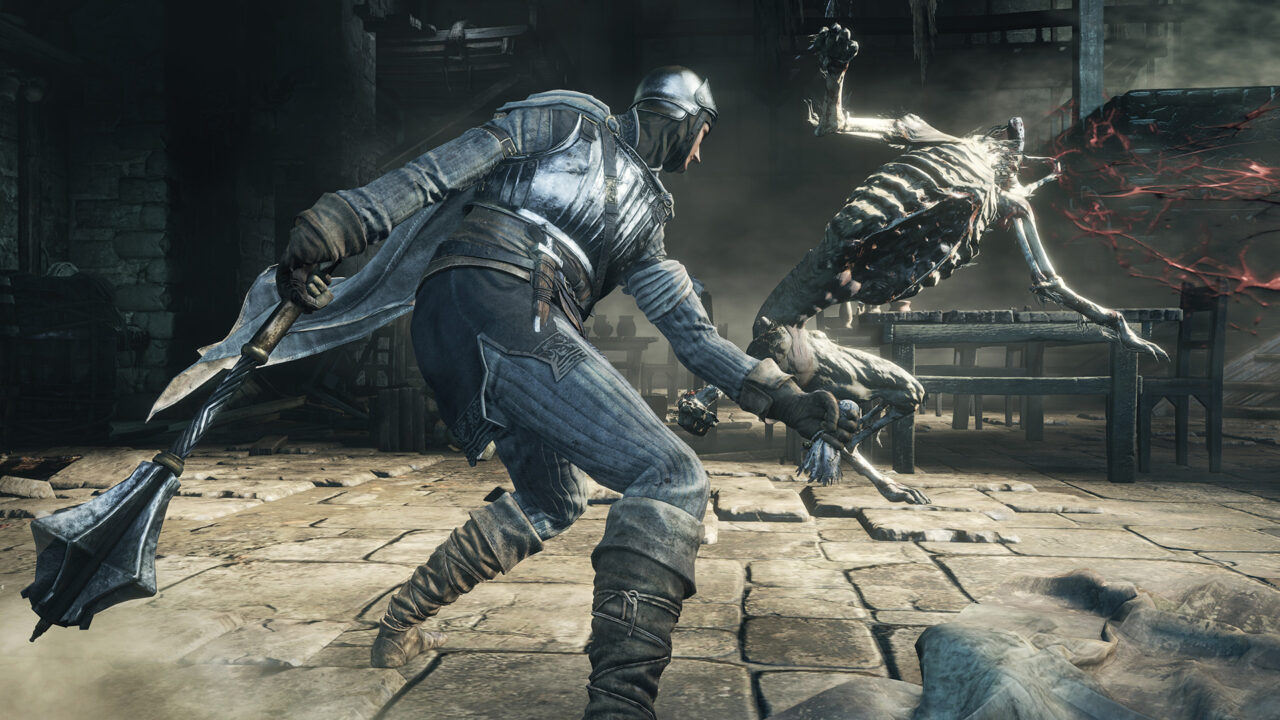
The patron saint of this philosophy is the Soulsborne series. These games are built around death, using their grueling difficulty to create an engaging gameplay loop that rewards players for learning combat patterns and slowly leveling up their characters. Pushing forward is a mixture of trial-and-error, nervous caution, and teeth-clenching attrition, with progression prised from each game meter by bloody meter. Every weapon acquired, every level explored, every boss defeated; these milestones are only attained by climbing the corpse pile of the player’s previous failures. Yet these games also elevate themselves above derivates like The Surge and Hellpoint by using narrative and atmosphere to complement this core mechanic. They masterfully present stagnating worlds trapped in seemingly endless cycles of violence and death, in which the nameless player characters are just as caught up as the monstrosities they kill. As a result, they become rare examples of games where the protagonists’ immortality is successfully conveyed as a curse rather than a boon.
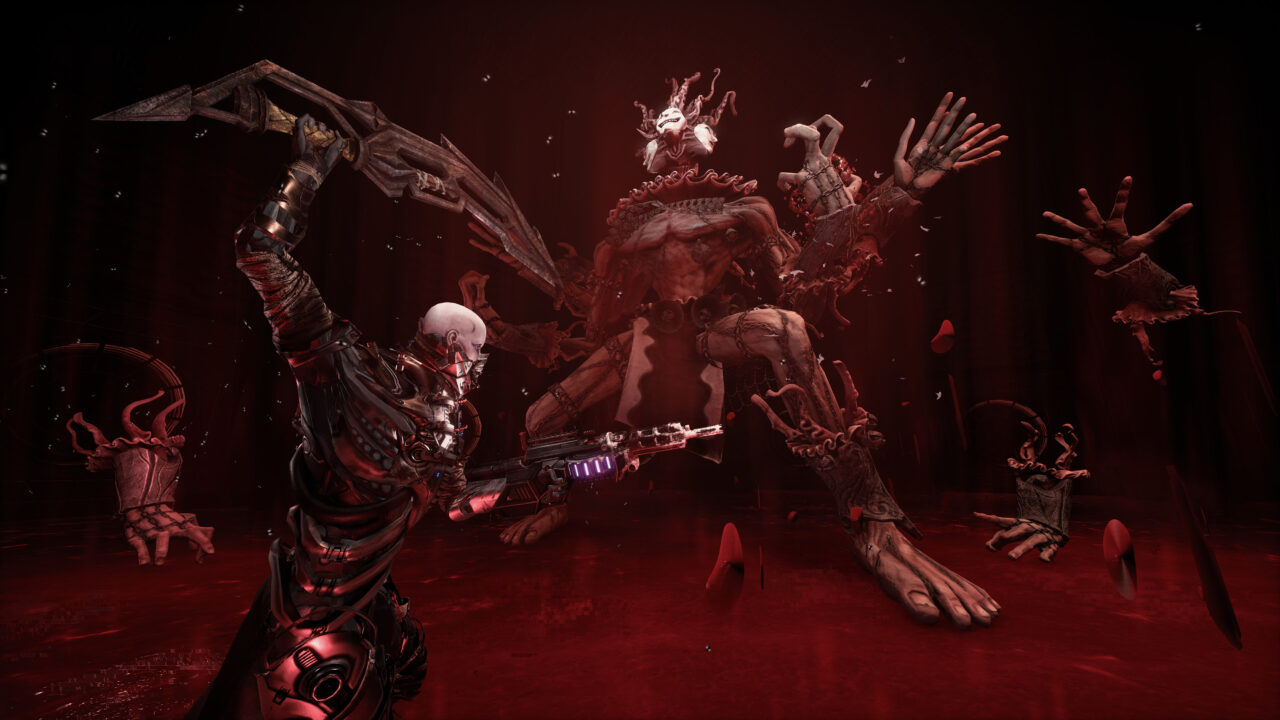
There are other ways besides the Soulslike formula to integrate player death into a game’s narrative, however. In 2012’s ZombiU, you play as a survivor waiting out the zombie apocalypse in an underground bunker. Heading out to explore an infested London, you receive your orders over the radio via an individual called the Prepper. Each time you die, you take control of a new survivor in the bunker, tasked with carrying on where the previous character left off. Loot doesn’t pass over from one character to the next, so players who want to reacquire their weapons and gear have to track down the reanimated corpse of the previous survivor to do so. This is a clever mechanic that both gives death a sense of weight and also makes sense in the context. If there’s a downside to it, it’s that there’s little scope to flesh out these protagonists or give them much sense of agency, as the plot has to match pace with player progress regardless of whether one particular survivor is alive or not.
On the other hand, there are some horror games where narrative progression is heavily dependent on who lives and who dies. 2004’s Obscure uses the teen slasher genre to make a game about a group of high school students surviving an outbreak of deadly mutants. Whilst any one of the playable characters can die at any time in gameplay, unlike ZombiU, each protagonist is fully voice acted and comes with their own unique strengths and weaknesses. So long as players keep at least one survivor alive, they can finish the game. Similarly, Supermassive Games uses the same formula in a more cinematic way with the Until Dawn and Dark Pictures Anthology games. In a way, the ‘and then there was none’ format of the slasher genre is ideal for these types of games, although practical development concerns often mean that tradeoffs have to be made between gameplay and story. The more opportunities for a character to die there are, the more variables have to be accounted for on the story side. As a result, you can often end up with games whose narrative feels either a bit patched-together due to the different paths it can take, or one with a tighter plot but with few opportunities to make meaningful decisions.
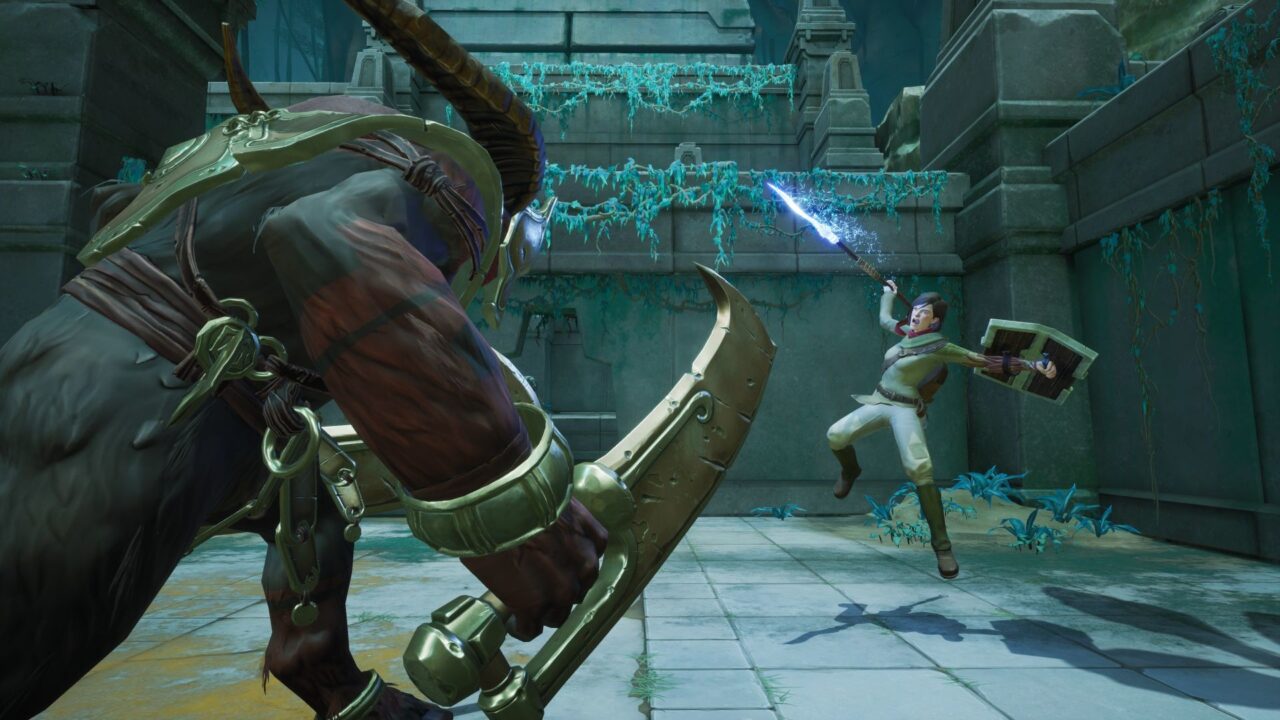
One possible way around this might be to restrict the consequences of death to a single character. In Chronos: Before the Ashes, you play as an unnamed hero tasked with completing a quest to save their land from a great evil. The twist is that each time you die, the hero ages one year. As he grows older he becomes wiser and can unlock new skills such as magic, although it also becomes progressively harder to upgrade physical attributes. Features like these mean that death can have a tangible effect on the proceedings, but can also avoid or at least lessen the danger of scale creep that comes from juggling the impact of multiple character deaths on the narrative. The horror potential for this setup also writes itself, presenting us with a character cursed to slowly suffer the long-term effects of dying again and again.
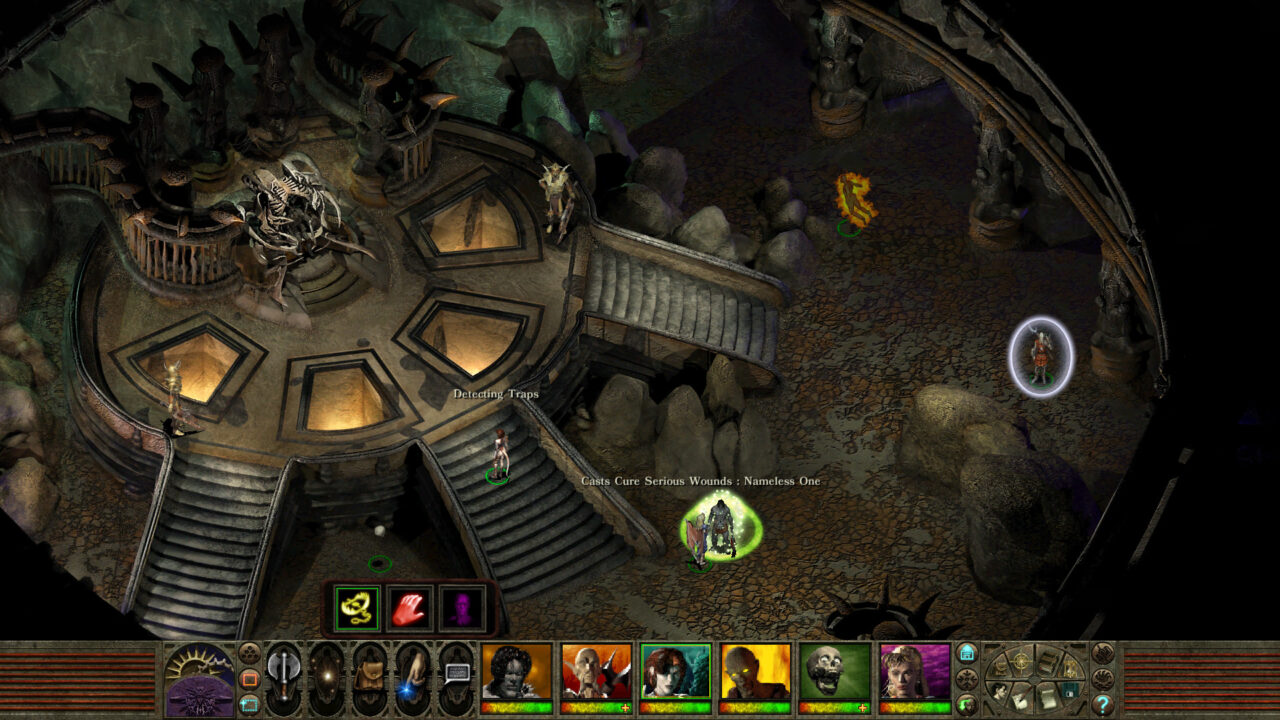
Finally, another way that designers can make death impactful on both a game’s narrative and mechanics is to make dying a necessary step for progress, rather than a fail state. The mobile game Sometimes You Die uses this concept in a puzzle platformer setting. It puts players in control of a cube and tasks them with solving a number of hazardous obstacles, many of which can only be navigated by using the bodies of your previous incarnations as stepping stones. In the horror sphere, this idea has also been explored in games like Planescape: Torment, a dark fantasy RPG, and more recently in the short retro-style point-and-click game Lily’s Well. This sort of approach generally works well in titles where gameplay takes a backseat to story and atmosphere, as such games don’t need to be mechanically complex enough to have any sort of in-game fail state.
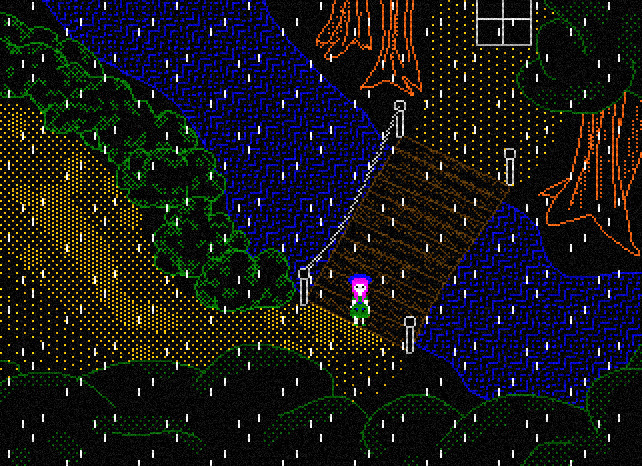
Death is Not the End
The old ‘if you die, rewind to the last save’ method is a tried-and-true formula that’s been in games for a long while. It may not be particularly innovative, but it’s a workhorse solution that does at least get the job done in a lot of cases. Yet in a constantly evolving medium like games, it’s good and right that design pillars should get reassessed every now and then to avoid stagnation. When it comes to horror games, hopefully, we’ll keep seeing designers approaching death in clever new ways rather than just accepting conventional wisdom. After all, who knows what monstrous truths really lie beyond the veil of death?
Categorized:Editorials
